-
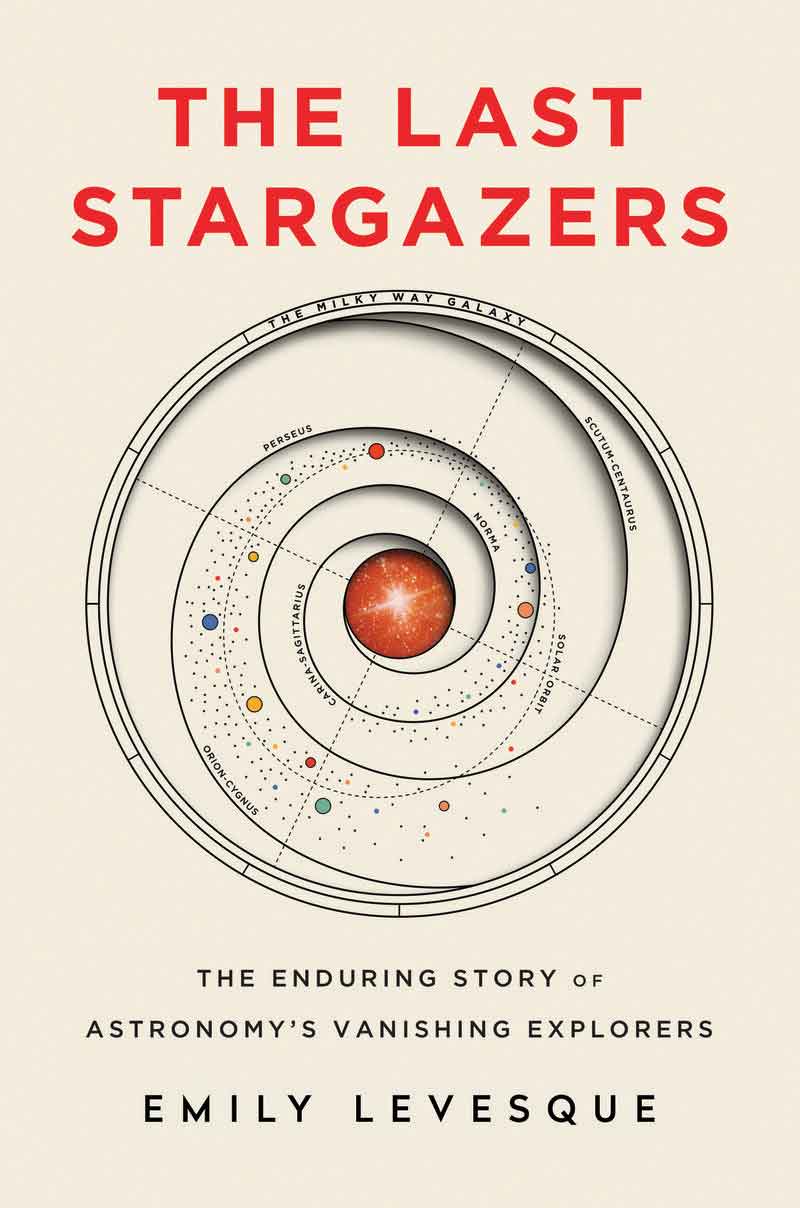
The Last Stargazers
By Emily Levesque
If Carl Sagan’s Pale Blue Dot captured our insignificance in the vastness of space, Emily Levesque’s The Last Stargazers does the inverse: She honors gravity-bound humans, especially those who tirelessly map the skies. An astronomy professor and seasoned observer—that is, one who collects data using massive telescopes in remote locations—Levesque traces the history of these delicate machines and tells lively tales of scientists’ misadventures in isolation. There’s even the occasional sentimental musing: In a passage tucked inside a chapter on types of observational data, she explains how photons that are emitted light-years away travel past countless obstacles to reach a single lens. “This is the same journey taken by the light from every star you look at that happens to land on your eye,” she writes. Inspired, I donned a mask and walked outside that evening, hoping to catch some fortuitous photons. And then I remembered I live in Hollywood, where, because of light pollution, the only stars visible are the ones on the Walk of Fame. Alas. I’ll find a better spot this summer. — Shirley Li
-

Here
By Wisława Szymborska
Reading Wisława Szymborska is like peering through a lens and being unable to tell whether it’s a telescope’s or a microscope’s. Her poetry can make all of human history seem like a daydream, or a cloud of dust seem like the cosmos. Throughout Here, a luminous collection of 27 poems, Szymborska indulges in fanciful thought experiments and imagines surreal conversations (with her younger self, with an idea, with her own memory). In one poem, Nature has grown tired of creating new faces for people and has started reusing old ones: “Those passersby might be Archimedes in jeans, / Catherine the Great draped in resale.” Elsewhere, she explores the human capacity for mythmaking, as in a poem about a woman in denial about her husband’s death even after seeing his body: “The watch is just a regular old watch, / And our names on that ring, / they’re only the most ordinary names.” Her words alternately unsettle, delight, and soothe. Reading Here, I feel as if I’m momentarily escaping from the world, even though I know that, through Szymborska’s eyes, I’m seeing it more clearly. — Lenika Cruz
-
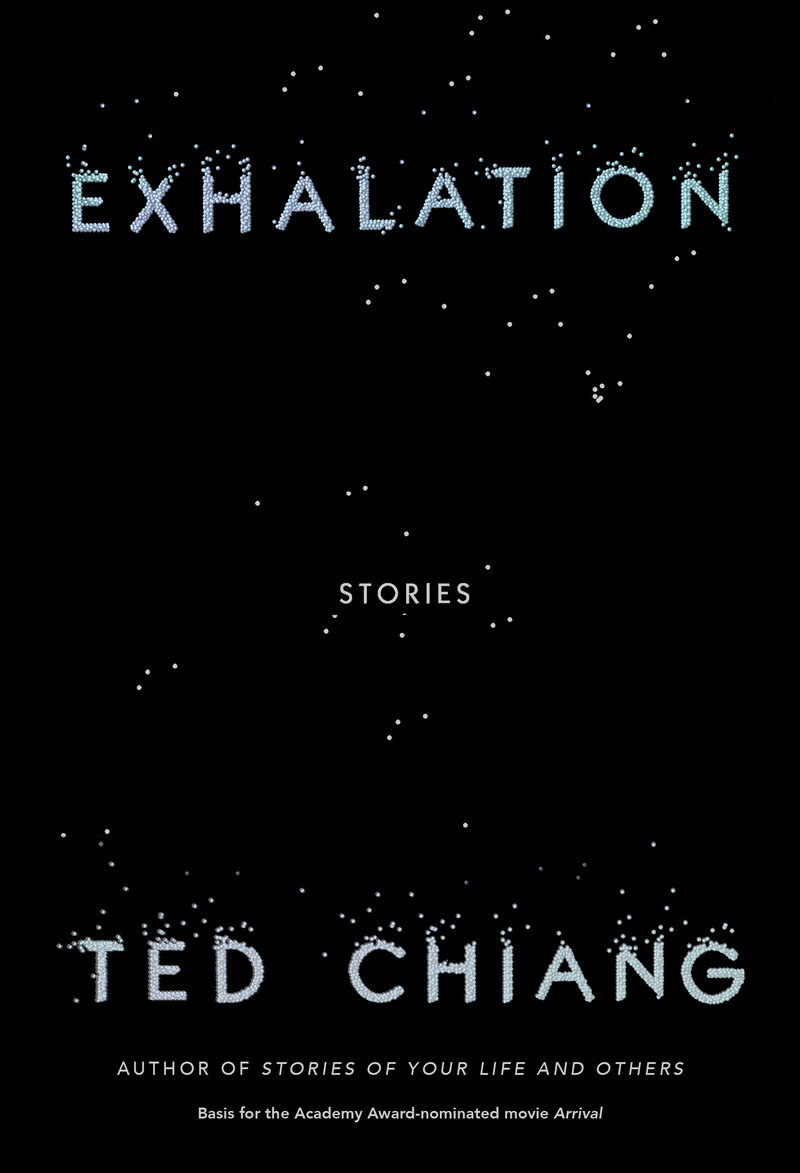
Exhalation
By Ted Chiang
Throughout the pandemic, I’ve noticed myself playing a frustrating mental game. It starts with a question as irresistible as it is impossible to answer: What if none of this had happened? What would today’s news be? What would I be doing? In short: What else might have been? Exhalation operates on a similar existential wavelength, though it was published in the Before Times. The nine stories in Ted Chiang’s 2019 collection draw on science, religion, linguistics, and history to construct fictional scenarios in which people can interact with past and future selves, or review footage of every moment in their life at any time, or chat with a “paraself” whose life branched off from theirs at some point. Chiang is not moralizing; he guides readers through these imagined worlds with curiosity, bringing rigor and humor to his consideration of questions about consciousness and the meaning of life. — Amy Weiss-Meyer
-

The Properties of Perpetual Light
By Julian Aguon
When I first encountered The Properties of Perpetual Light I felt as though I were being called home—to Guam, to my love of writing, to myself. This meditative collection of essays, speeches, and poems is a call to young people, particularly those from vulnerable communities threatened by climate change, to save themselves and one another. In it, the Chamorro lawyer and author Julian Aguon asks readers to “do language and to do battle. To write as if everything they love is on the line. Because it is.” In one chapter, he’s critiquing how imperialism destroys lands and cultures (“If only superpowers were concerned with the stuff of lower-case earth—like forests and fresh water”). In the next he’s paying homage to our grandmothers’ cooking (“It is little wonder / onion and garlic / remind us / so much of / freedom.”) Aguon’s book is for everyone, but he challenges history by placing indigenous consciousness at the center of his project: “The inundated need no instruction in inundation … We are busy scraping barnacles off our grandfathers’ graves.” The result is the most tender polemic I’ve ever read. — L.C.
Summer Reading Guide
When you buy a book using a link on this page, we receive a commission. Thank you for supporting The Atlantic.
If You Want to Feel Wonder About the Universe
If You Crave High Drama
-
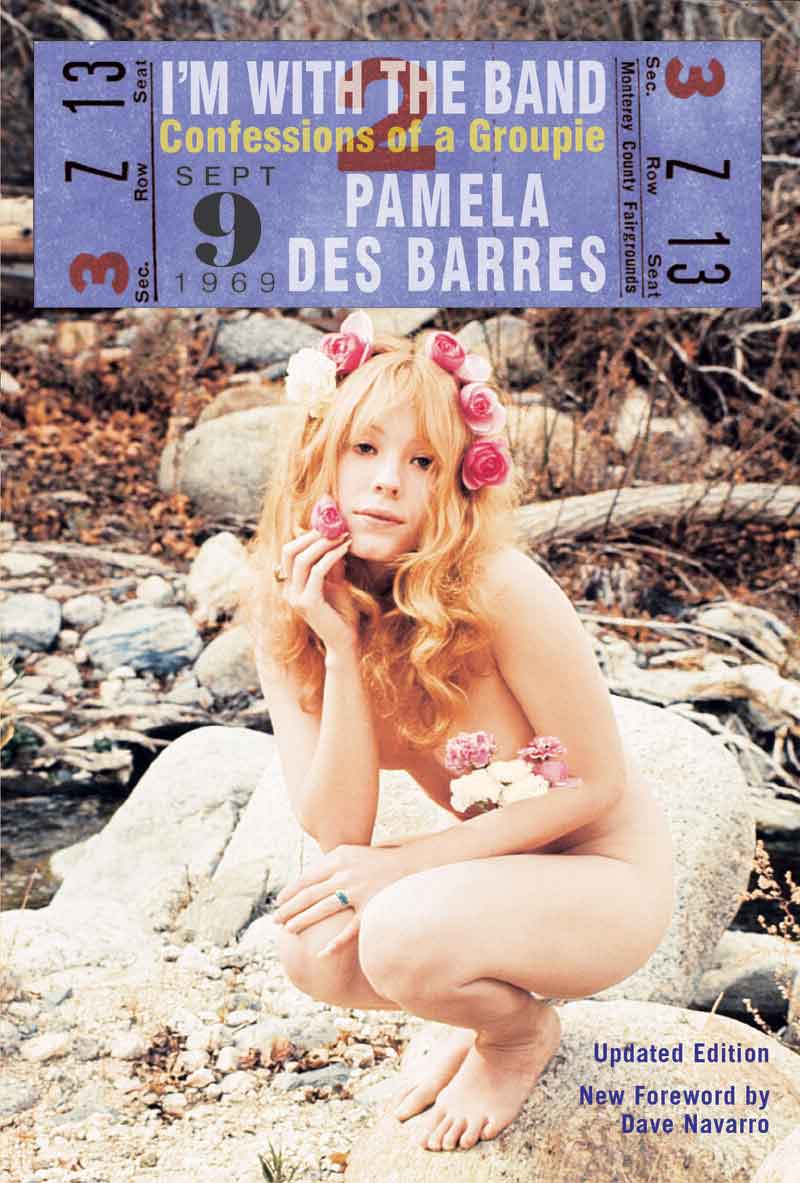
I’m With the Band
By Pamela Des Barres
Pamela Des Barres’s breathlessly lewd memoir of her years as a groupie should come with a cover-up when taken to the beach. As far as chronicling the heady ’60s and ’70s goes, Des Barres is no Didion, but she has an excellent sense of humor, a vivid memory, and a predilection for skin- and soul-baring honesty about her backstage conquests. In the final chapters, Des Barres, who likely helped inspire Kate Hudson’s Penny Lane in Almost Famous, sounds bemused as she concludes that love (or was it just LSD?) shared with the likes of Jim Morrison, Mick Jagger, and Don Johnson could never last in an era of unhindered promiscuity. And yet, she writes, “something came over me in the presence of rock idols, something vile and despicable, something wondrous and holy.” For all its ribaldry, I’m With the Band stirs a sensation the pandemic has denied, of standing in a crowd, gazing up at a superstar, and wondering if you might just catch their eye. — S.L.
-

How Beautiful We Were
By Imbolo Mbue
In her second novel, Imbolo Mbue spins a multigenerational tale of the destruction an oil company brought on a fictional African village. How Beautiful We Were opens with a momentous, yet almost accidental, act: The villagers clumsily decide to take several of the company’s representatives as prisoners. After years of almost biblical devastation of their community (acid falling from the sky, shriveled crops, a string of deaths), this haphazard, practically polite kidnapping spurs the beginnings of change—or something that feels a lot like it. While Mbue resists any sense that the characters are powerless to stop their village’s demise, she also avoids simple solutions or one-note optimism. The story instead shows how complex resistance can be, exploring the role of violence in activism and how to balance desires for individual self-realization with a duty to the community. What’s perhaps most remarkable about this work, however, is how fully realized the characters are. Rather than disappearing into the busy plot, they animate it. — Kate Cray
-

Burn the Place
By Iliana Regan
Reading the chef Iliana Regan’s memoir, Burn the Place, is like enjoying a meal at your favorite restaurant with the best dinner guest imaginable (an experience I cannot wait to have again soon). Regan writes about her life with such vivid imagery that I lost myself in the description of a young Iliana and her father preparing freshly foraged chanterelles. Similarly, her account of how her mother came to love cooking, spending long afternoons baking bread as a child, transported me to the moment when food becomes someone’s “comfort ... companion ... [and] best friend,” as Regan writes. But the chef’s recollections of growing up on her family’s farm are tempered by the struggles she encounters at a relatively young age: alcoholism, grief, pressure to understand her sexuality, the toxicity of restaurant kitchens. That’s a lot of ground to cover in a breezy 250-odd pages, but Regan is a compelling narrator, serving up her life story with the same ease, deftness, and creativity she seems to apply to her cooking. — Tori Latham
-

Red Pill
By Hari Kunzru
I suppose all novels are novels of ideas, whether they know it or not—but some novels contain more ideas than others. Red Pill had the most extraordinary effect on me: I was precisely as horrified by its prophetic insight as I was exhilarated by its imaginative audacity. A writer on a fellowship goes to a creepy institute in Berlin and swiftly falls to pieces. Procrastinating wildly, panicking, he binges helplessly on an ultraviolent cop show called Blue Lives, whose characters will occasionally turn to the camera and break into a kind of exalted brutalist rhetoric: “The whole earth, perpetually steeped in blood, is nothing but a vast altar on which all living things must be sacrificed without end.” History, including the immediate past of Germany, seethes around him; it won’t go away. Meanwhile, it’s 2016, and a certain rough beast is slouching toward the White House. Unforgettable. — James Parker
If You Want Smart Observations About Life
-
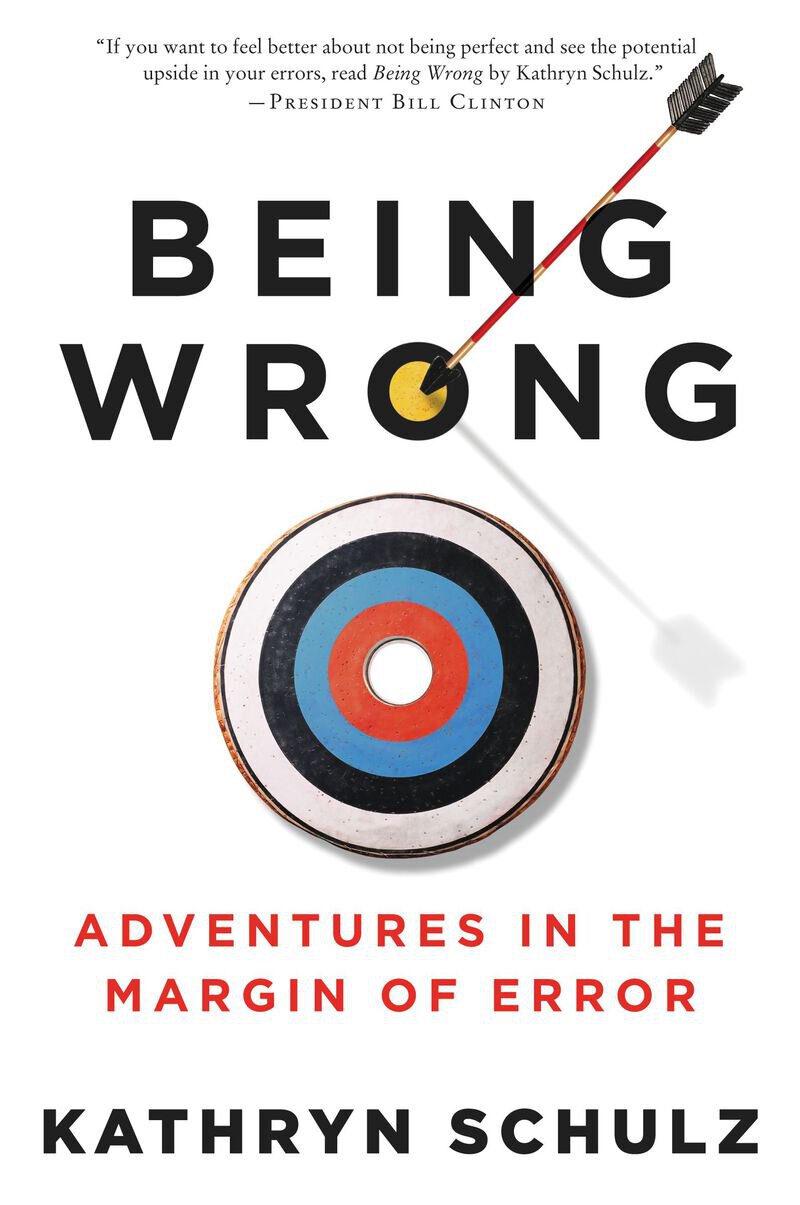
Being Wrong: Adventures in the Margin of Error
By Kathryn Schulz
As one of those lucky people who rarely makes mista—just kidding. I’m sometimes mistaken; you’re sometimes mistaken; part of what it means to be a person, in fact, is to be mistaken. That idea gets an engrossing treatment in Being Wrong, Kathryn Schulz’s 2010 ode to error. The book offers a sweeping survey of wrongness, from early philosophers to the fault-tastic news stories of the 20th century, and serves up delightful details along the way. (Have you heard of the palinode, the poetic form that exists to retract the raptures of a previous poem?) Schulz is one of my favorite journalists, not just because of her consistent insight but also because she writes with a deeply empathetic grace. Being Wrong is infused with that compassion. It makes the crucial distinction between mistakes made in good faith and mistakes that arise from incuriosity, stubbornness, or myopia. It clarifies and complicates the adage that to err is human—and suggests that, if so, maybe it’s right to be forgiving when we (or you, or I) inevitably are wrong. — Megan Garber
Buy Being Wrong: Adventures in the Margin of Error from Bookshop.org
-
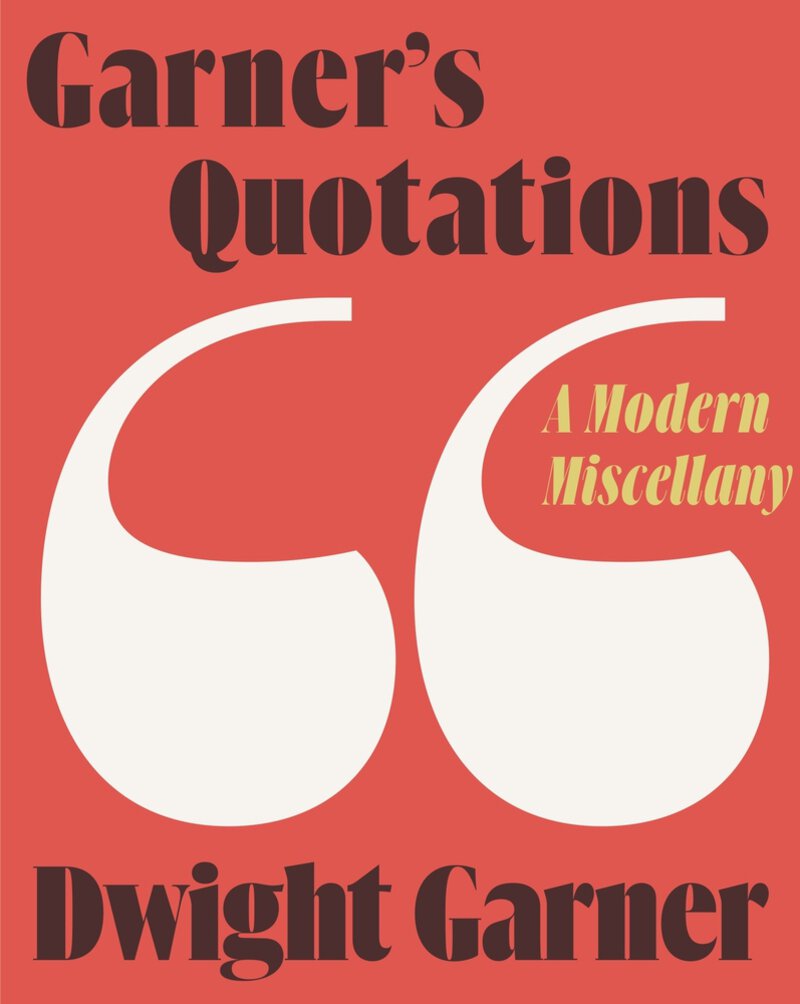
Garner’s Quotations
By Dwight Garner
I was given this book, and not on my birthday. I think that’s the right way to get it, in keeping with the delicious contingency and out-of-the-blue-ness of the pile of quotations that the New York Times book critic Dwight Garner has assembled here. Wonderfully eclectic and ecumenical, saucier and more bristling than one might expect from a book of this nature—if you leave it in the bathroom, someone’s going to get upset—Garner’s anthology is a great resource, and probably a kind of shadow biography of the anthologist himself. No sections, no headings, but an organic thematic clustering: As you tumble happily along through the gathered blurts, hexes, and literary nostrums, you find that Padgett Powell, Michael Ondaatje, and Charles Dickens are all suddenly talking about oysters. While you’re waiting for somebody to give this book to you, buy it and give it to somebody else. — J.P.
-
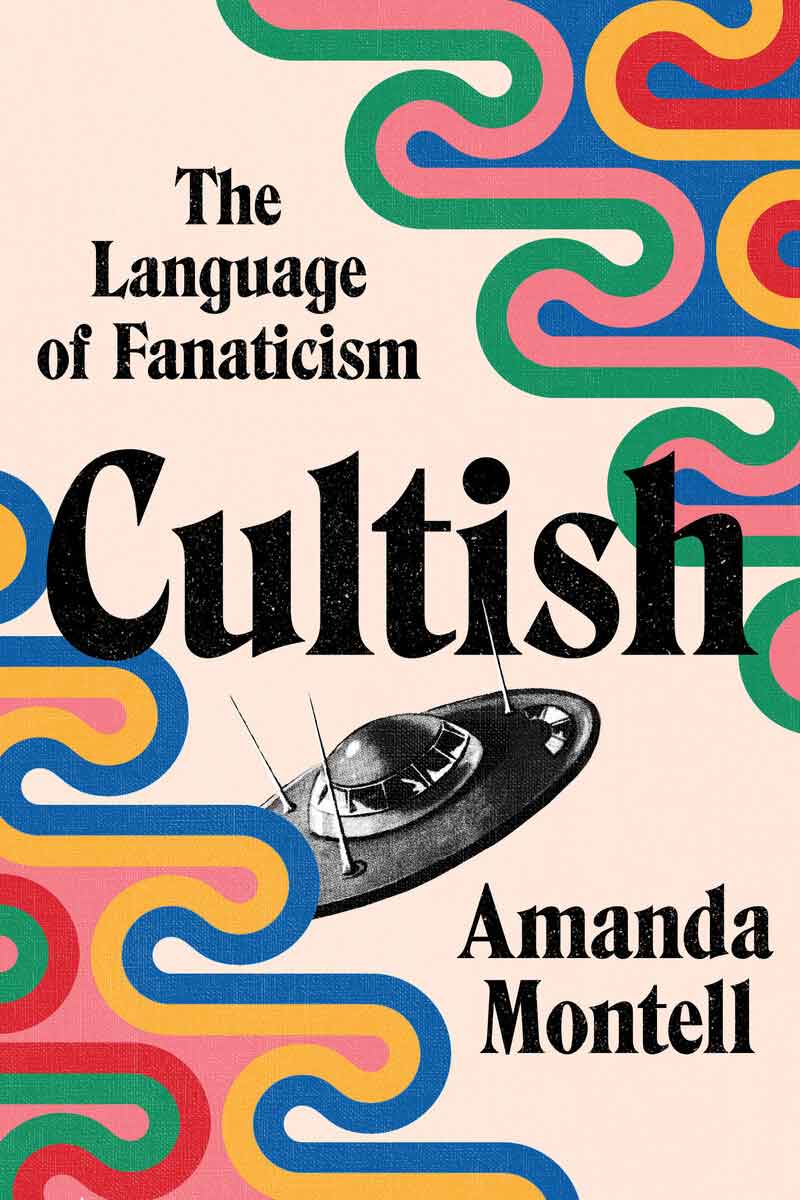
Cultish
By Amanda Montell
Since my unsatisfying submergence in all eleventy-seven hours of HBO’s The Vow last year, I’ve been cheerfully inhaling books about cults. (On the subject of NXIVM in particular, Sarah Berman’s Don’t Call It a Cult is a thoroughly reported work that details a staggering amount of relevant information the TV series left out.) Cultish, a forthcoming book by the writer and linguist Amanda Montell, is an absorbing examination of the one thing cults and “cults” (think Jonestown and the Manson family, but also Peloton and Glossier) have in common: their manipulation of language. Montell argues that buzzwords, mantras, coded language, and forced silence are how these groups and brands build a sense of power and belonging, “getting people to a point of extreme devotion and keeping them there.” For NXIVM, it was disintegrations, possibilities, and Vanguard; for SoulCycle, it’s roosters, party hills, and noon on Monday. You might never think about your consumerist faves in quite the same way again. — Sophie Gilbert
-
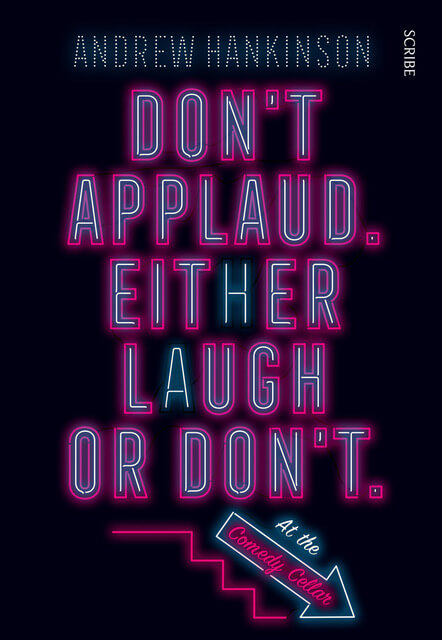
Don’t Applaud. Either Laugh or Don’t. (At the Comedy Cellar.)
By Andrew Hankinson
When someone comes to write the definitive account of Laughter in the Age of Trump—the cruel guffaws, the neutered snickers, the strange inversions whereby the left went into a collective cringe while the authoritarian right waved the flaming brand of free speech—Andrew Hankinson’s superb oral history of a single New York club, the Comedy Cellar, in Greenwich Village, will be heavily featured. Telescoping backwards from the fall of Louis C.K. (one of the tutelary spirits of the Cellar) to the club’s germination in the ’60s, Hankinson probes the owners, the comedians, the staff, and the audience. What’s funny? What’s proscribed? Where’s the edge? (After you’ve read this, do yourself a favor and get Hankinson’s previous book, You Could Do Something Amazing With Your Life, a riveting and formally dazzling piece of true-crime reporting.) — J.P.
Buy Don’t Applaud. Either Laugh or Don’t. (At the Comedy Cellar.) from Bookshop.org
If You Want to Be Transported to Another Place
-
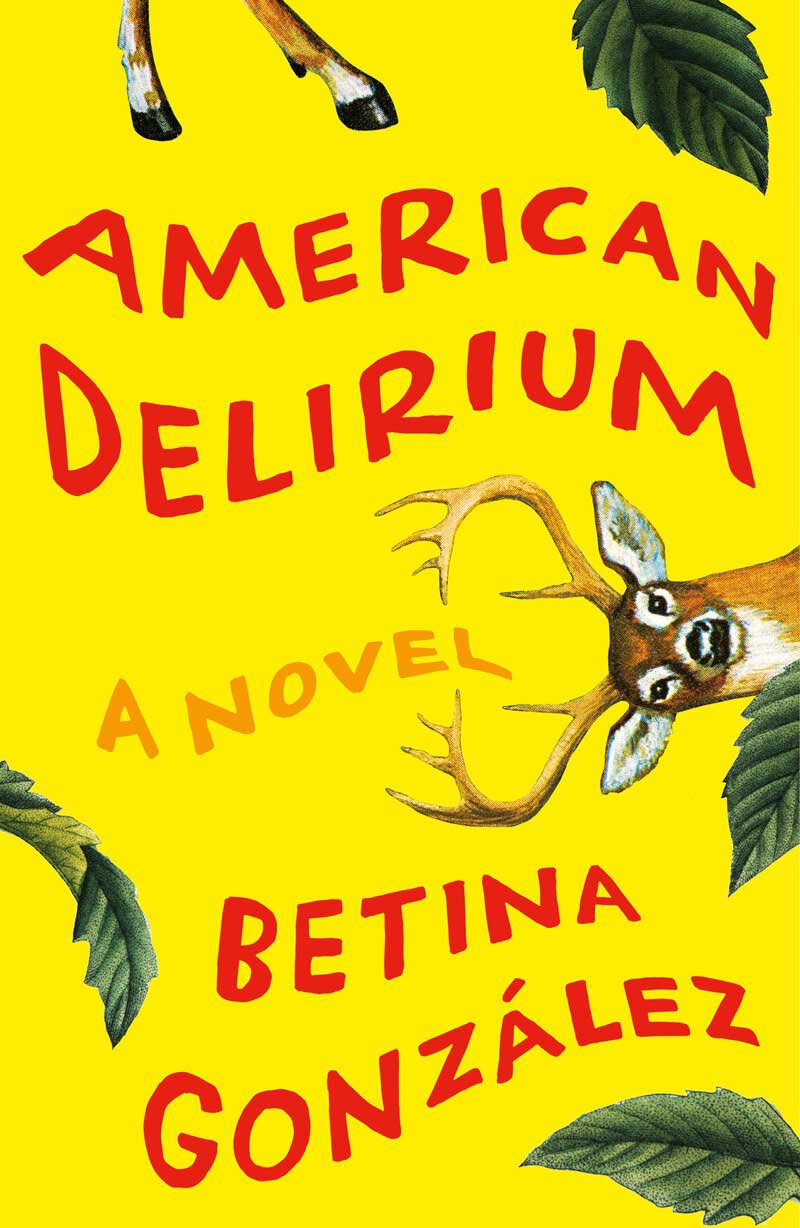
American Delirium
By Betina González
Over the past year, I’ve been drawn to books that capture the soft magic of traveling: the electrifying particularities that make one spot on the planet different from any other. American Delirium channels that woozy alienation better than any travelogue I’ve encountered. The first novel from the Argentine writer Betina González to be translated into English—done so, with alternately sharp and florid prose, by Heather Cleary—tells the story of a city in decay. Animals are reclaiming the urban landscape. People are announcing their decision to “drop out” of society, only to be confronted with the impossibility of doing so. A hallucinogenic plant is contorting their sense of themselves. The genre here is magical realism, but González punctures the reveries with moments of acuity: Woven into the whimsy are critiques of commercialism and ageism and other conditions that sometimes get dismissed as inevitabilities. This is fiction about the fictions we write into our own lives. American Delirium is not a cheerful beach read; it is, however, utterly transportive—the rare, giddy book that makes the familiar seem fantastical, and vice versa. — M.G.
-
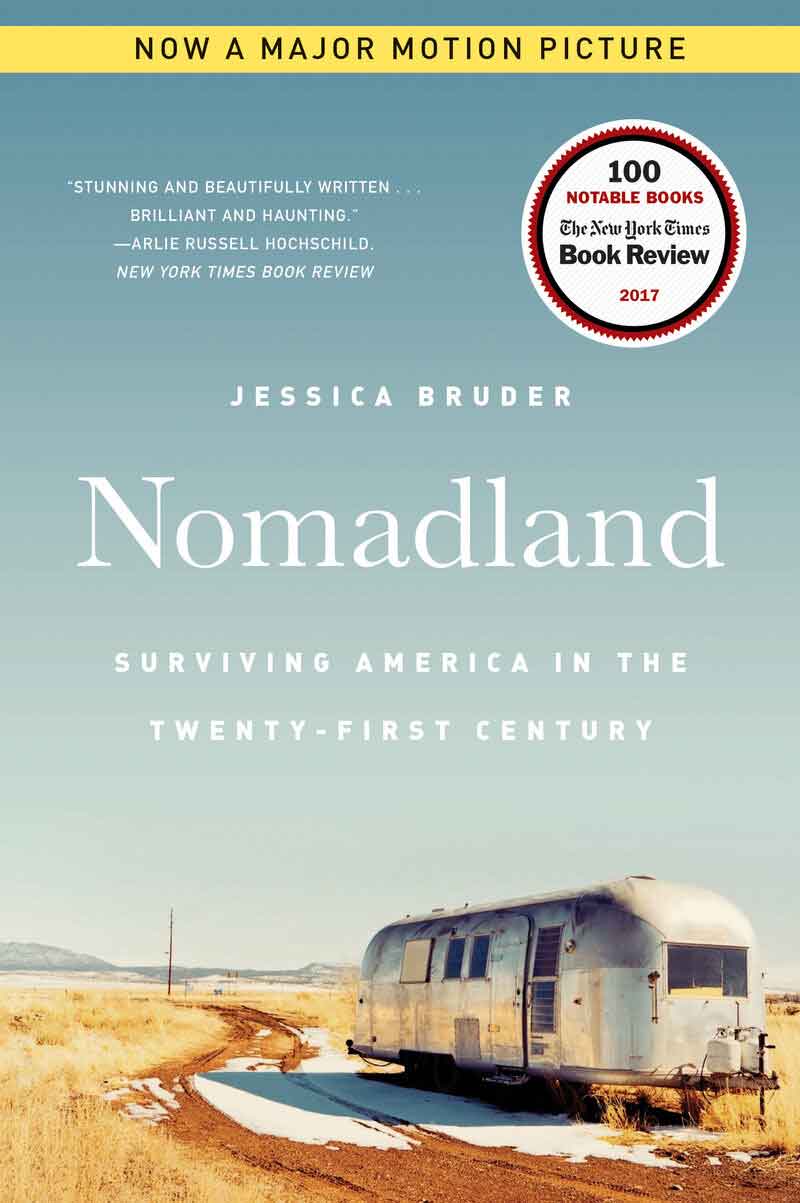
Nomadland
By Jessica Bruder
The journalist Jessica Bruder spent years traveling the country in a 1995 GMC camper van, getting to know the Americans she describes as “the new nomads.” Many of them are at or near retirement age and lost their jobs or savings or homes in the Great Recession; they sleep in vans or RVs and travel between states to work long hours at physically demanding seasonal jobs. “They are surviving America,” Bruder writes. Many nomads, she shows, don’t see their way of life as a “quick fix” before an ultimate return to stability; instead, they see “a future where economic and environmental upheavals” are “the new American normal.” You might think you know what there is to know about Nomadland if you’ve seen the movie of the same name, but this isn’t a case where the cinematic version renders the book lackluster by comparison. If anything, Bruder’s protagonists (many of whom play versions of themselves in the film) have more space in the book to share their stories, and her writing about Amazon warehouses and sugar-beet facilities gives a more clear-eyed portrayal of their conditions. — A.W.M.
-
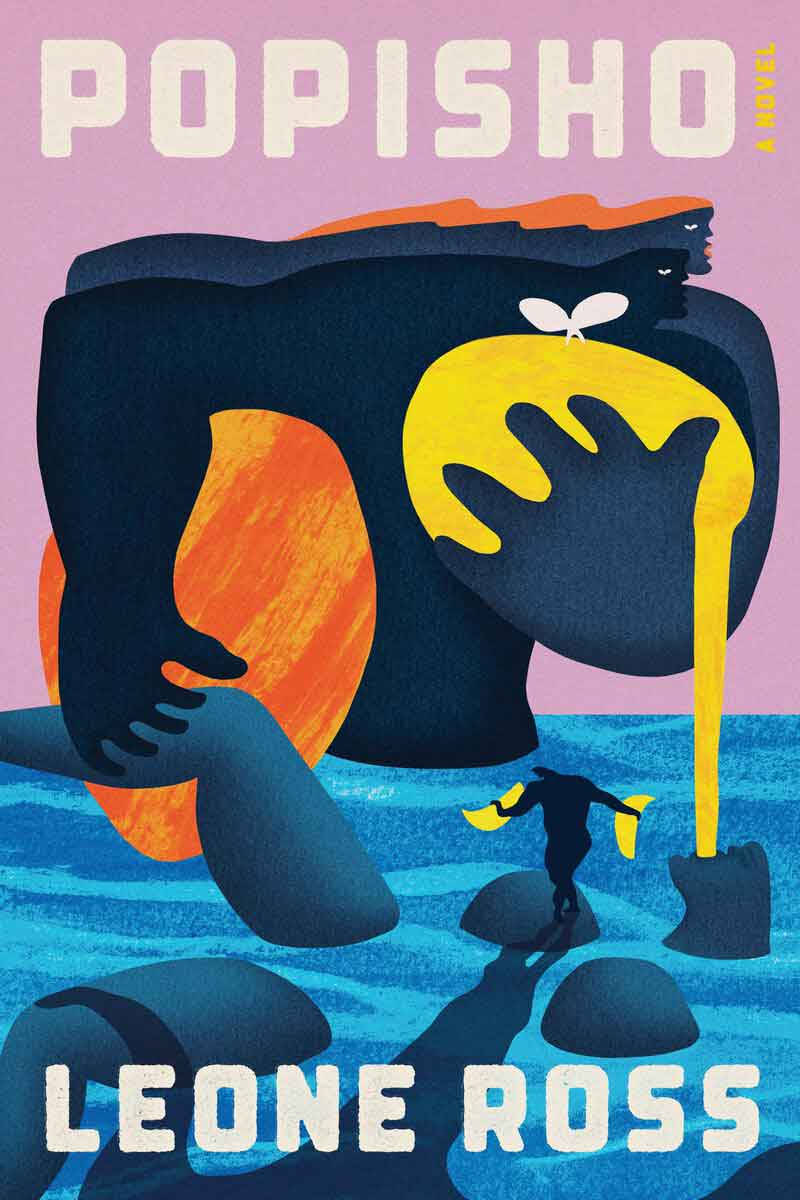
Popisho
By Leone Ross
A cook whose wrists produce salt, gently flavoring the food he prepares. A young man who winces every time someone tells a lie. A girl who breathes through lungs that are outside her body, attached at her hips. Each inhabitant of the fictional island of Popisho has a unique ability or power, some more awe-inspiring or odder than others. These abilities thrum through a community that is lively yet, in many ways, in need of inspiration and repair. But the magic doesn’t, in and of itself, fix everything. It took Leone Ross more than 15 years to write this novel, and it is an impressive act of world building: Enchantingly, she weaves together a story of second-chance love, a lush ode to food and community, and a humanistic reminder that societies must examine their biases. The resulting work somehow manages to be breezily deep—a rare combination. — Jane Yong Kim
-
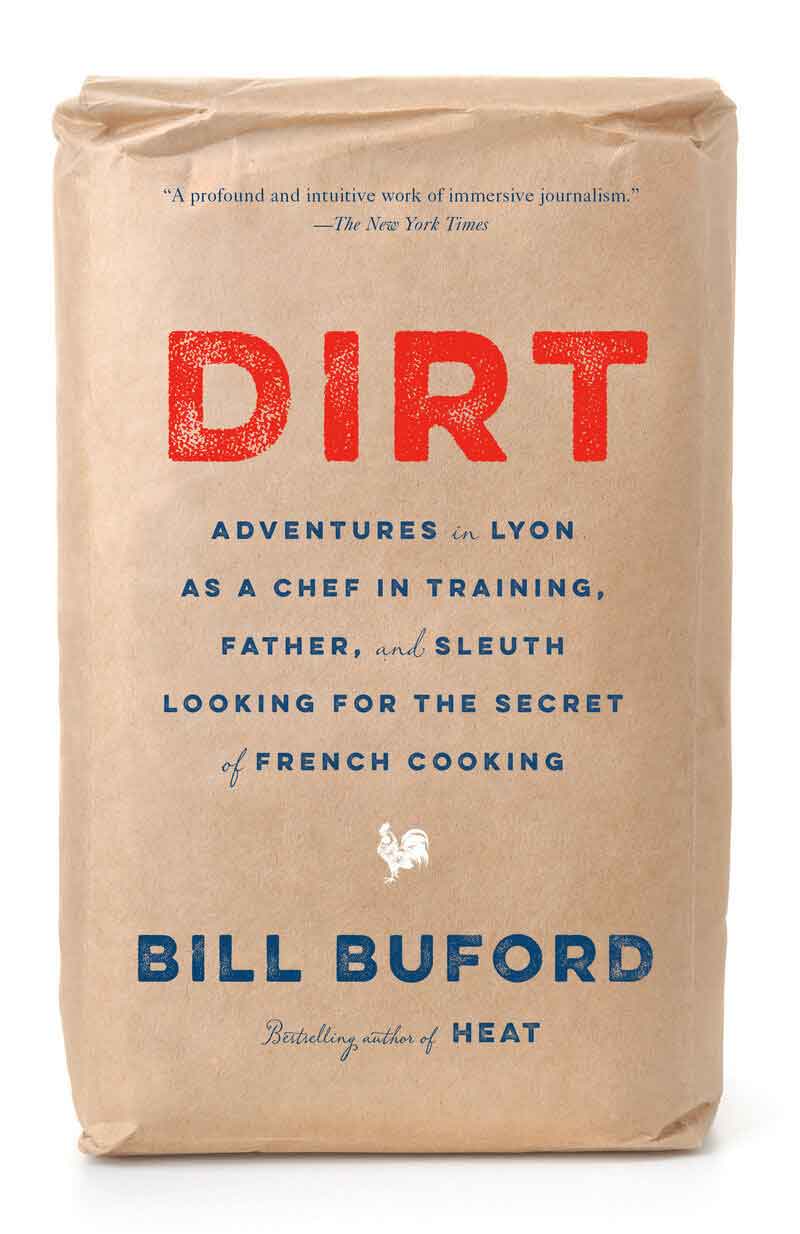
Dirt
By Bill Buford
I am infatuated with genial, meandering tours through the culinary epicenters of Europe, the more immersive and intemperate the better. But if Stanley Tucci went to Italy to eat (and to wear the hell out of mid-rise pants and sapphire-colored linen), then Bill Buford went to Lyon to work—and, more specifically, to diagram the intricacies of French cooking and discover what intangible magic chefs absorb when they train in France. It’s a quixotic, fantastical mission in which Buford, a former editor at The New Yorker, apprentices himself first to the late Michel Richard of the former Washington, D.C., restaurant Citronelle; then to a baker in Lyon who is known as Bob; and finally to a two-Michelin-star restaurant in Lyon where he’s hazed and educated in the taxonomy of sauces and the soul of a kitchen (birds, in case you were wondering). Along the way, he travels, he reads cookbooks with the zeal of a convert surveying holy texts, and above all, he persists. By the end, he’s acquired new kitchen skills, a new language, and an understanding “that what happens at the table is among the most important activities in civilization. It is about intimacy, convivium, creativity, appetites, desire, euphoria, culture, and the joys of being alive.” — S.G.
If You’re Looking for a Deep Dive
-

Halfway Home: Race, Punishment, and the Afterlife of Mass Incarceration
By Reuben Jonathan Miller
I have read dozens of books about mass incarceration, but I had never read one quite like Reuben Jonathan Miller’s Halfway Home: Race, Punishment, and the Afterlife of Mass Incarceration. Miller is a professor of social work at the University of Chicago and his book is written like a sociological memoir. Grounded in qualitative research on people coming home from prison, the book also weaves in deeply personal reflections about Miller’s relationship with his brother, who for years was in and out of prison. Scholars have long attempted to prove the rigor of their work by demonstrating their “objectivity”—their ability to observe their area of study dispassionately. Such notions are both disingenuous and grounded in a history of racism in academia, in which Black and brown and Indigenous people were seen as too emotionally invested to write about their own communities. But Miller demonstrates that his proximity to the issue of incarceration better equips him to write about it. It’s a simple yet profound insight that gives the book a valuable richness. — Clint Smith
Buy Halfway Home: Race, Punishment, and the Afterlife of Mass Incarceration from Bookshop.org
-
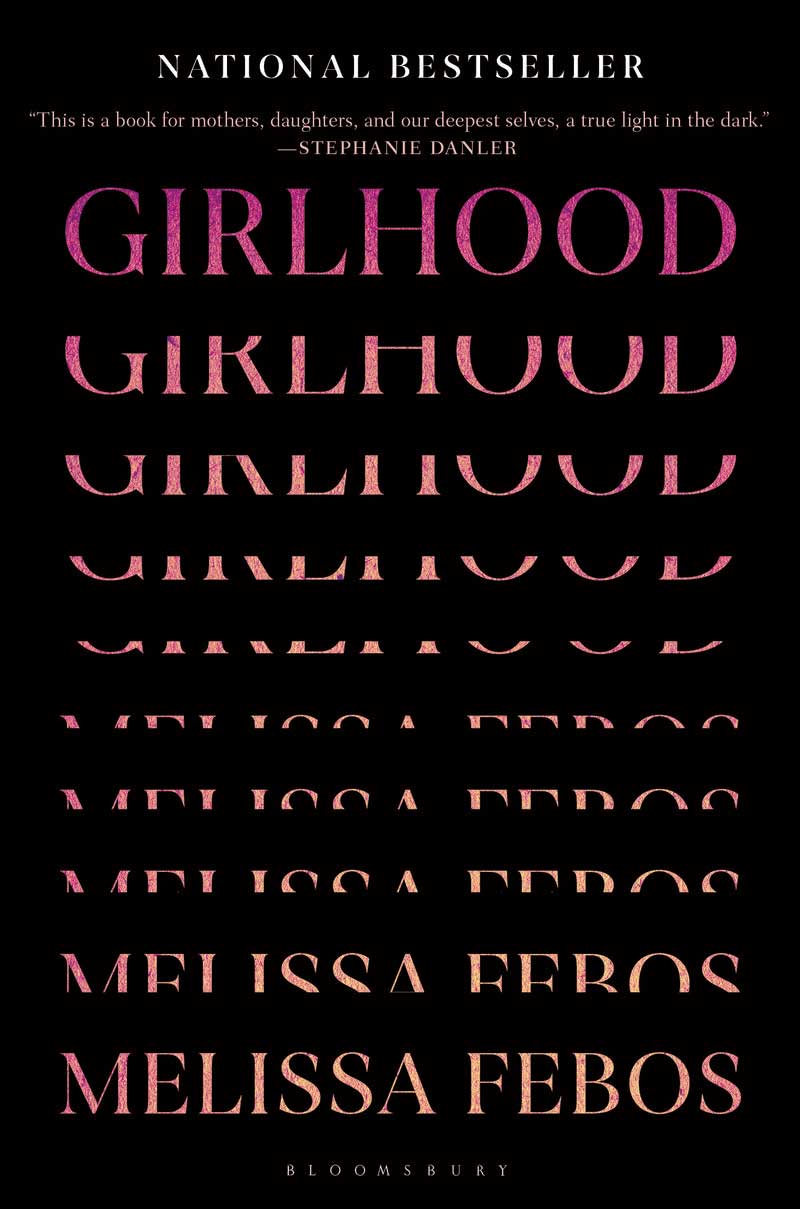
Girlhood
By Melissa Febos
After the unrelenting grimness of the past year, I can’t resist that back-to-school feeling of wanting new notebooks and an organized workspace, and of telling myself that things really can be different. Since I wrote about Girlhood in March I haven’t stopped thinking about it, or about Melissa Febos’s surgical dissection of rape culture—its poisonous logic, its self-perpetuation, how it’s subsumed into mass consciousness before we even hit adolescence. Febos’s writing is as hypnotic as her arguments are clarifying. To read her essays, which probe subjects such as stalkers, self-image, cuddle parties, and the imperfect meaning of consent, is to reassess the flawed story that popular culture tells about girlhood and to fervently believe it’s past time to update it. — S.G.
-

Empire of Pain
By Patrick Radden Keefe
One of the books I enjoyed reading during the pandemic was Patrick Radden Keefe’s Say Nothing. I had heard Keefe’s book discussed by so many people whose taste I trusted that I just had to read it—and when I did, I couldn’t believe it had taken me so long. Say Nothing is a marvel of investigative journalism and narrative nonfiction. So when I heard that Keefe had a new book coming out, I thought that it would be hard to match the achievement of Say Nothing—but, boy, did he match it. Empire of Pain is an epic intergenerational story of the Sackler family and how they came to own a company and create a product that, in many ways, helped create the opioid crisis. Keefe is the rare writer who can pull together countless legal and archival documents and interview transcripts to create a nonfiction work that reads like a thriller. You won’t regret picking this one up. — C.S.
-

Looking for Lorraine: The Radiant and Radical Life of Lorraine Hansberry
By Imani Perry
I first encountered A Raisin in the Sun in high school. After I read it in English class, my parents took me to see the play, and I remember being deeply moved by the actors’ portrayals of the characters—how their anger, despair, and laughter emanated from the stage. But though I knew the name Lorraine Hansberry, and was taught that her play was the first by a Black woman to be staged on Broadway, I had little understanding of who was behind those words that spoke so powerfully to the condition of Black life in 1950s Chicago. That changed when I read Imani Perry’s luminous biography. It’s a three-dimensional exploration of Hansberry as a writer, a public thinker, and a young woman who was still coming into herself when she died (at age 34, of pancreatic cancer). Perry asks the reader to understand artists as evolving beings, and gives Hansberry the emotional texture that Black artists, in particular, sometimes fail to receive. — C.S.
Buy Looking for Lorraine: The Radiant and Radical Life of Lorraine Hansberry from Bookshop.org
Support the Atlantic’s most ambitious journalism.
From on-the-ground reporting to rigorous fact-checking, our work depends on our subscribers. Join us today, starting at less than $1 a week.
SubscribeIf You Want to Rediscover an Old Gem
-
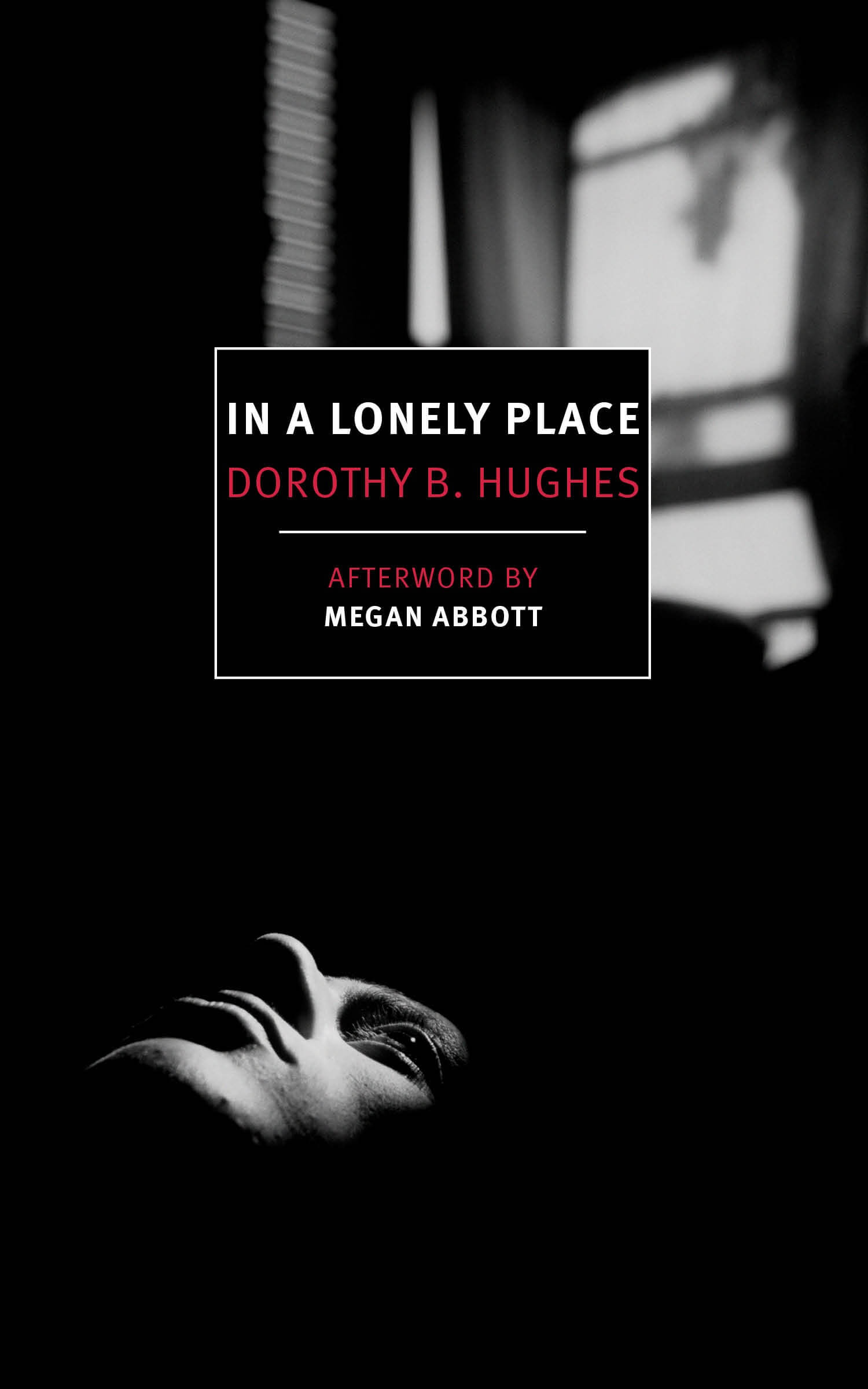
In a Lonely Place
By Dorothy B. Hughes
I sped through Dorothy B. Hughes’s noir masterpiece while in Los Angeles, which is both my hometown and the setting of this slim novel. Forget Raymond Chandler; Hughes really knows how to pull you into a story. This one’s all creepy canyon roads, neon-lit drive-ins, and desolate beach houses. Sure, there’s a rumpled detective and a laconic killer and, yes, an icy blonde. But you probably won’t predict how Hughes will deploy those characters. Her expert manipulation of perspective—exposing her protagonist’s innermost thoughts while teasingly withholding others’ motivations—fuels the otherwise spare plot. In a Lonely Place was published in 1947, just a few years before Chandler’s The Long Goodbye. Reading the recently reissued New York Review Books edition, I couldn’t help but think about how often I heard Chandler's name while growing up, and how I never heard Hughes’s. Today, her sentences remain taut and haunting; they haven’t aged at all. — J.Y.K.
-

The Coldest Winter Ever
By Sister Souljah
Don’t let the title put you off—The Coldest Winter Ever isn’t snow-centric fare. Published in 1999, the book by Sister Souljah takes its name from its teenage protagonist, Winter Santiaga, the pampered daughter of a Brooklyn drug kingpin. An unexpected move to Long Island upends Winter’s life, but she still finds plenty of thrill (perhaps too much) after leaving her old block. Sex, drugs, violence, luxury—Winter wants it all, and she soon learns the costs of chasing it. The Coldest Winter Ever mixes overt moralizing (often voiced by a fictionalized version of the author herself) with depictions of the flashy, hedonistic world that Winter desperately wants to reclaim. The book is a classic of so-called urban fiction, a genre designation that the author has expressed frustration with over the years because of its implicit suggestion that novels about certain kinds of Black people aren’t real literature. In the book’s long-awaited sequel, Life After Death, which was released earlier this year, there’s plenty more of the high-octane storytelling that’s kept readers coming back to Winter for 22 years. — Hannah Giorgis
-

A Clearing in the Distance
By Witold Rybczynski
Frederick Law Olmsted essentially introduced public parks as we know them now to cities in the United States—but first, the landscape architect, who is perhaps best known for co-designing Central Park, job-hopped for years. In his sweeping biography, Witold Rybczynski devotes just as deep attention to those early experiences as he does to the work that made Olmsted famous. Rybczynski follows Olmsted’s efforts as a land surveyor, his time studying farming, his successful career as a journalist covering slavery in the antebellum South, and more. Together, these anecdotes explain how and why, once Olmsted was finally tapped to design Central Park, he was prepared to create a masterpiece. One crucial piece of inspiration came during his years as a journalist, when he traveled to the U.K. and visited Birkenhead Park. Perhaps more important than its pastoral design and rolling curves is the fact that Birkenhead Park was public at a time when most green spaces in cities were private. Visiting Olmsted-designed parks in the U.S. today, I notice those design principles at play and appreciate the architect’s conviction. — K.C.
-
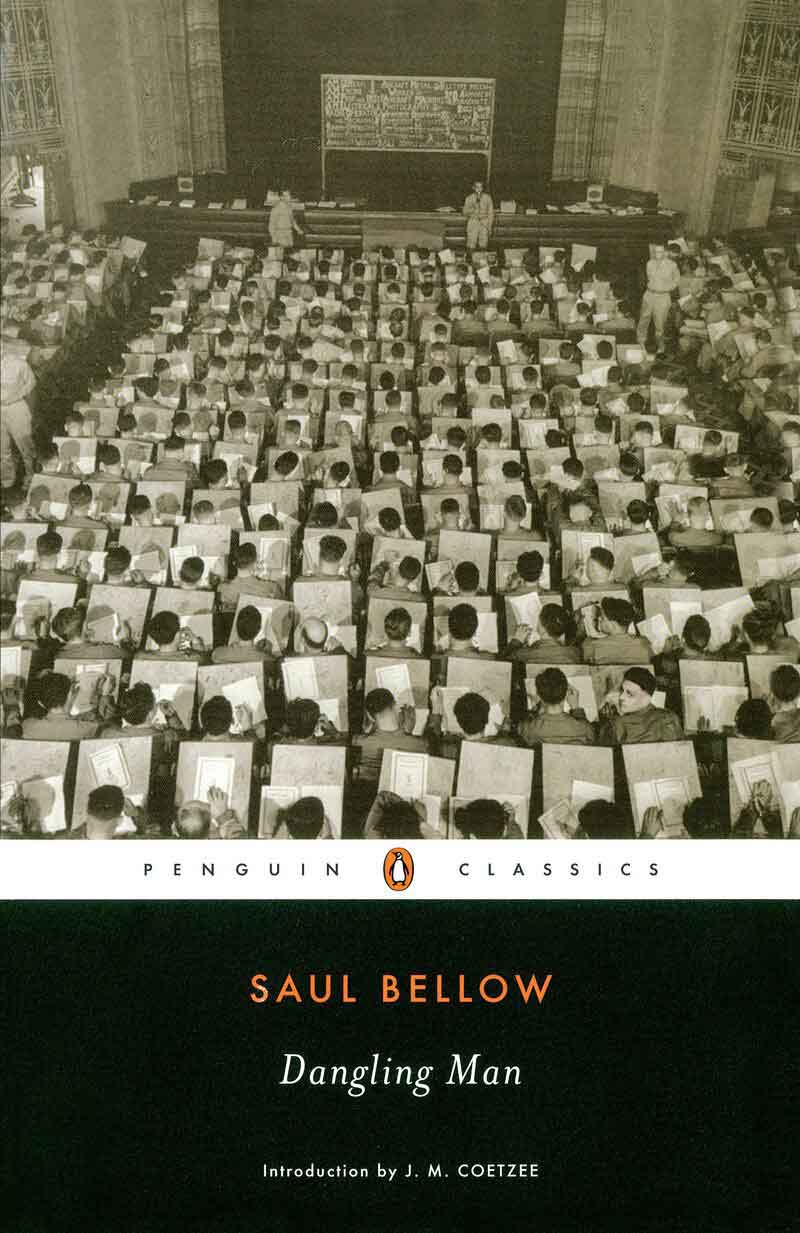
Dangling Man
By Saul Bellow
Dangling Man, Saul Bellow’s first novel, is slight, existentialist, and in the form of a journal. The narrator, Joseph, is a newly married man who’s abandoned his Enlightenment-steeped education to serve in World War II, only to find his enlistment deferred. He’s adrift, trapped “between the necessity and the wish,” as the alienated journal entries attest, but he’s also capable of rendering surprisingly vivid scenes—of 1940s Chicago and the natural world beyond (nascent signs of Bellow the stylist). Peering at the sunset one evening, Joseph sees “a smashing of gaudy colors, apocalyptic reds and purples such as must have appeared on the punished bodies of great saints.” While Joseph might be a mere sketch of the Herzogs and Humboldts to come, it’s thrilling to follow Bellow as he commits the contours of this character to paper, and a pleasure to discover the originating example of his gift for interpretation. — Oliver Munday
If You Crave Human Connection
-
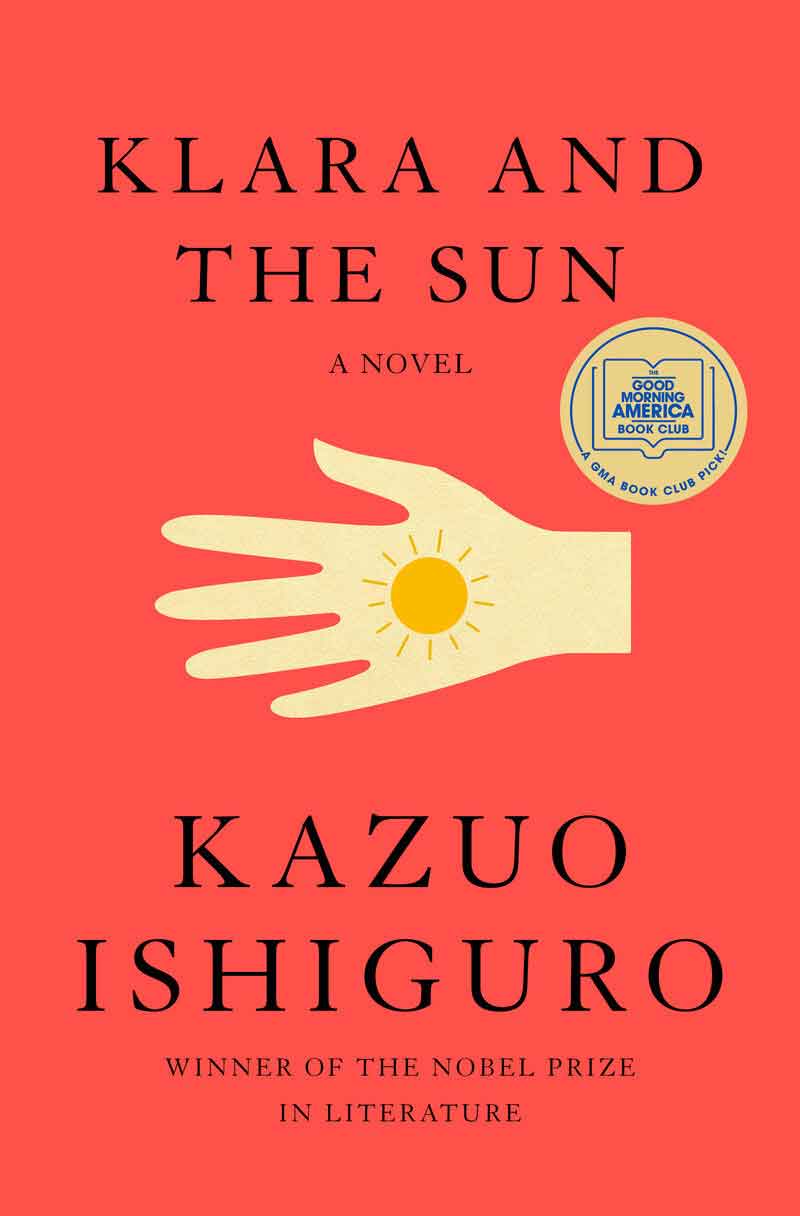
Klara and the Sun
By Kazuo Ishiguro
During this period of refamiliarizing ourselves with in-person (and post-Trump) social existence, I’ve felt unexpectedly grateful to have spent time with Girl AF Klara. The hero of Kazuo Ishiguro’s Klara and the Sun, she is an Artificial Friend, a robot designed to minister to lonely teenagers in a world that is a loosely dystopian version of ours. Klara is also a mesmerizing first-person narrator, which makes her a kind of low-tech artificial friend for readers of any age. Simultaneously an estranged outsider and the most intimate of observers, she hones her understanding of the needs, desires, and fears—and mysterious illness—of her young owner/companion, Josie. Klara puzzles over the tangled motives of Josie’s friends and family too. Devoted scrutiny fuels ever greater empathy on her part, and with it come haunting insights into not just loneliness but kindness, inequality, love, death, and the pull of hope and superstition (or is it faith?). A more merciful guide to human emotions and delusions would be hard to find. — Ann Hulbert
-
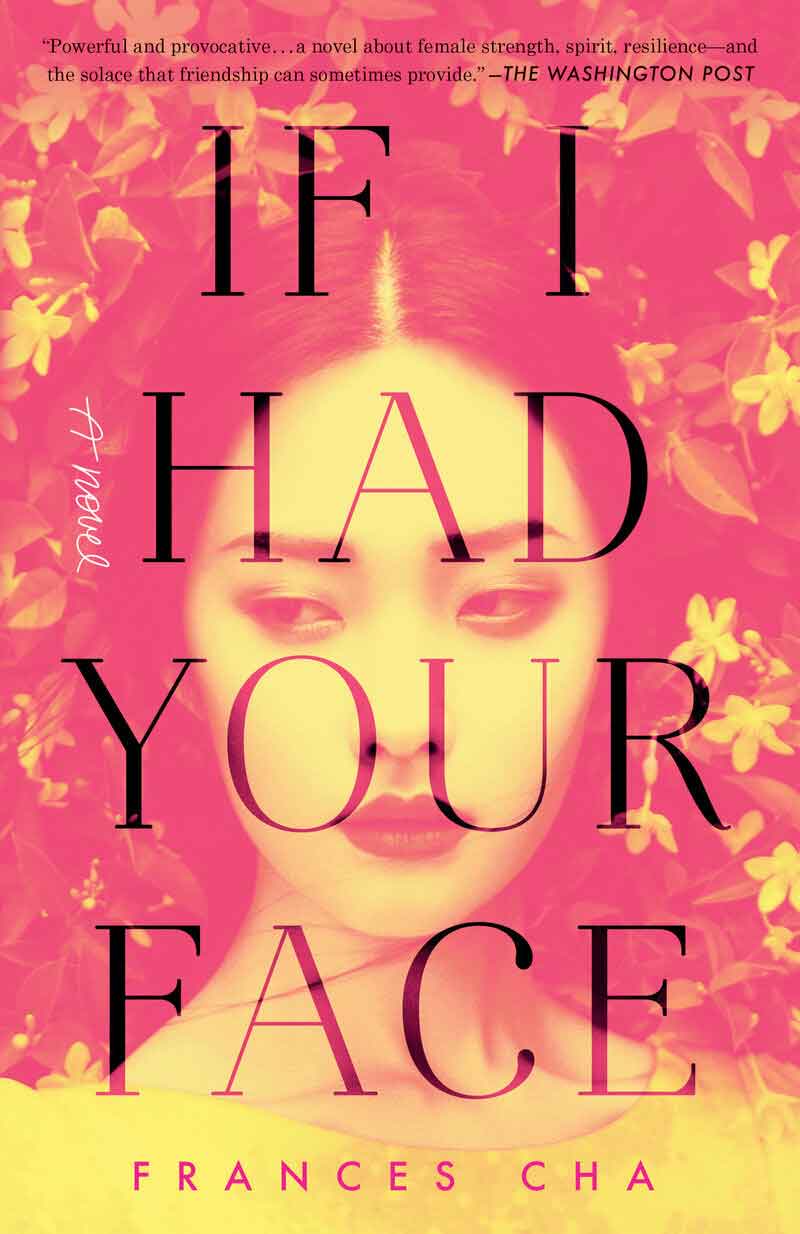
If I Had Your Face
By Frances Cha
In Frances Cha’s cruel, intimate, and utterly vibrant world, a drastic haircut is a statement of selfhood, and plastic surgery an economic lifeline. If I Had Your Face is about the ruthlessness of the beauty hierarchy and the unforgiving line that separates the poor and the rich. For the young women Cha writes about, beauty, whether natural or enhanced, is currency. But while it can help some of them secure jobs, it cannot protect them from inequity. Cha, a former journalist, doesn’t judge the prevalence of plastic surgery in South Korea; with her novel, she instead seeks to shed light on the precarity and hope that can undergird the decision to seek out such procedures. The protagonists Ara, Kyuri, Miho, Sujin, and Wonna all deal differently with the pressures of an image-conscious society, but they are connected through the Seoul apartment building in which they live. The city that surrounds them is hard-edged, yet what I found unforgettable were the tiny but huge ways these characters show up for each other. — J.Y. K.
-
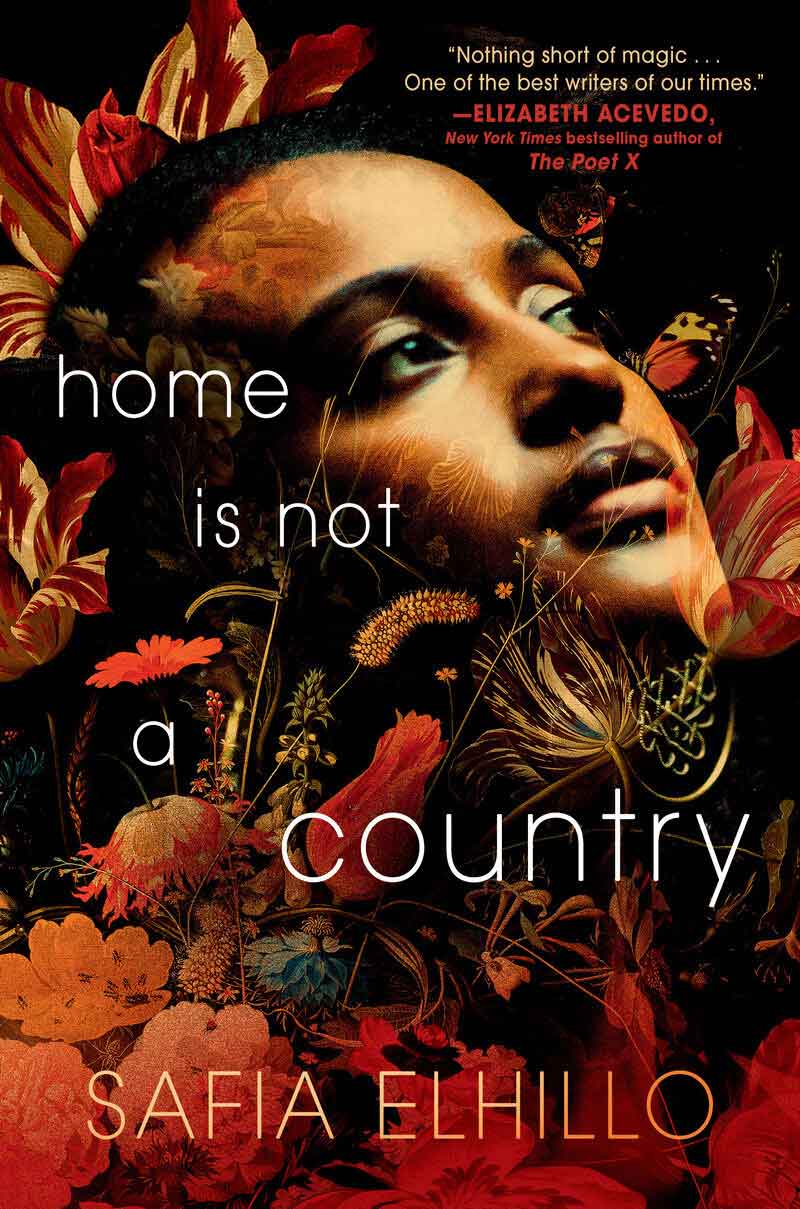
Home Is Not a Country
By Safia Elhillo
As a poet coming of age in the same poetic circles as Safia Elhillo, I long marveled at her ability to transform language into a sort of symphony, one always playing a song that I’ve never encountered before, using instruments I didn’t even know existed. With her debut novel in verse, Elhillo brings her literary gifts to a new form, but the language still sings as you read it. Nima is a first-generation Muslim teenager who feels caught in a liminal space between her life in the United States and the life she imagines she would have had in her homeland. Without giving too much away, I’ll say that the book follows her journey as she meets a girl named Yasmeen, who helps her understand that perhaps she doesn’t have to look as far away as she thinks she does in order to find what she’s searching for: “She isn’t my sister we are opposite ends of a single / possibility an only child forming in / our mother’s belly waiting to be shaped by a name / once & for all.” Home Is Not a Country is classified as a book for young adults, but readers of every age will revel in Elhillo’s gorgeous writing. — C.S.
-
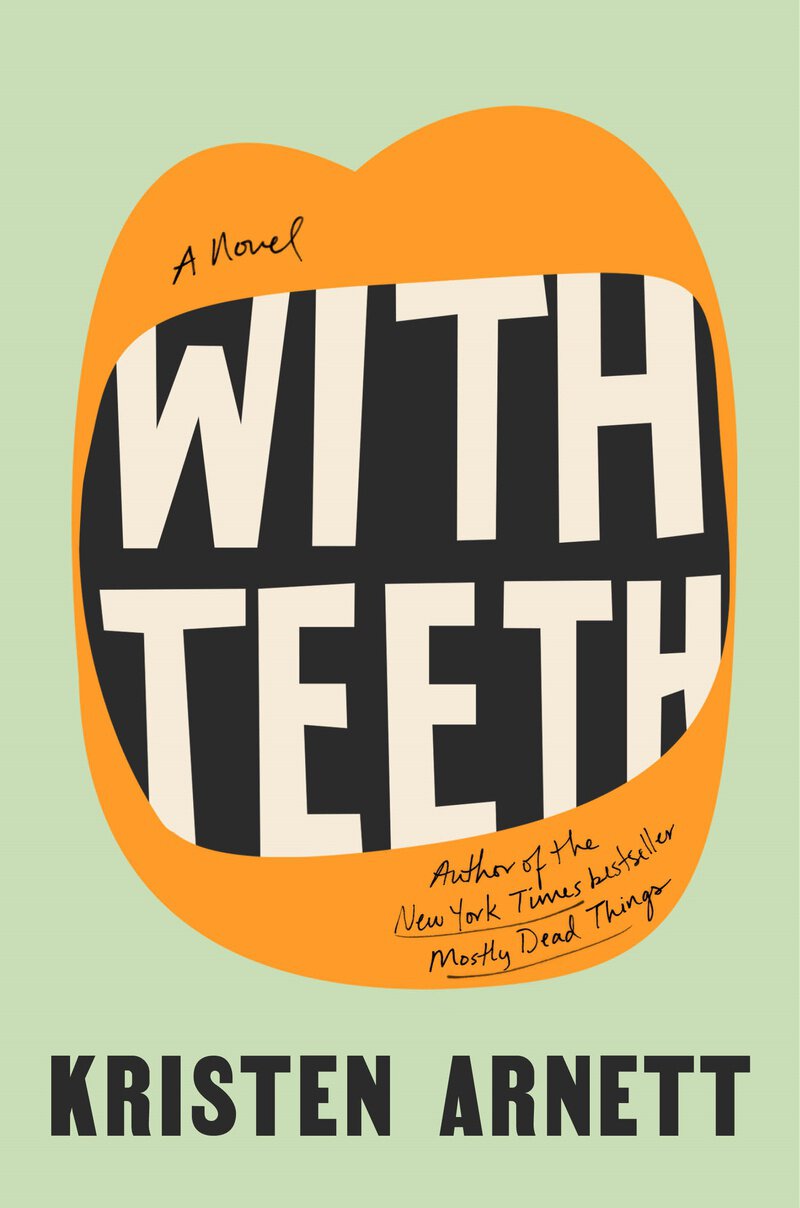
With Teeth
By Kristen Arnett
The characters in Mostly Dead Things, Kristen Arnett’s acclaimed 2019 debut novel, work through their grief in messy ways. Jessa-Lynn takes over the family taxidermy business after her father’s suicide; the beer in their shop fridge is her steady companion. Her mother, meanwhile, turns to shocking forms of artistic expression. The book was at once arresting and familiar, a portrait of the toll mourning can take and the work required to dig oneself out of emotional trenches. Her forthcoming novel, With Teeth, is another gloriously messy, eminently Floridian tale of family dysfunction. The book follows Sammie Lucas, a woman whose relationship with her son, Samson, has been marked by fear since she almost lost him early in his childhood. Sammie’s workaholic wife, Monika, resists acknowledging the gulf between the women and their son, content instead to promote an image of them as “a happy, well-adjusted little family of three, gay, but otherwise just like anyone else.” As in Mostly Dead Things, Arnett pays brutal, forensic attention to the pain that festers when family members ignore their wounds and those that they inflict on others. — H.G.
Illustrations by Clay Hickson